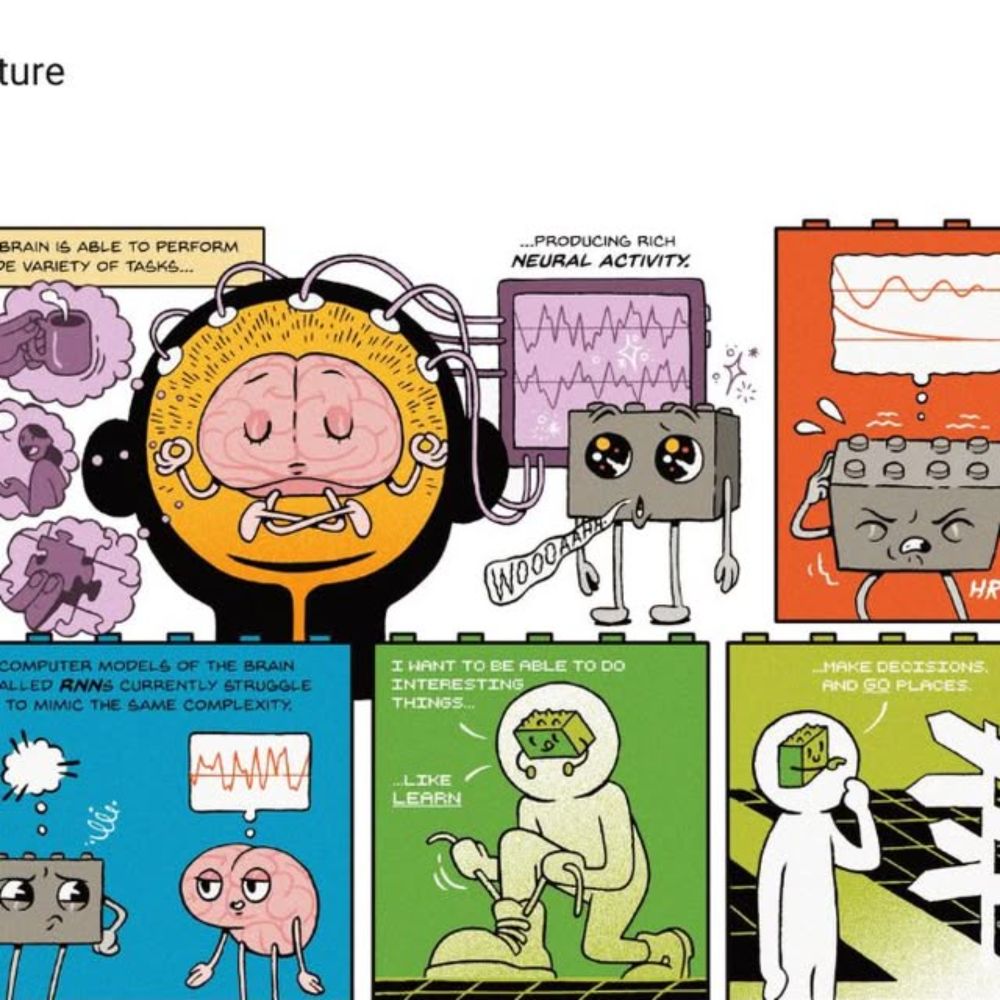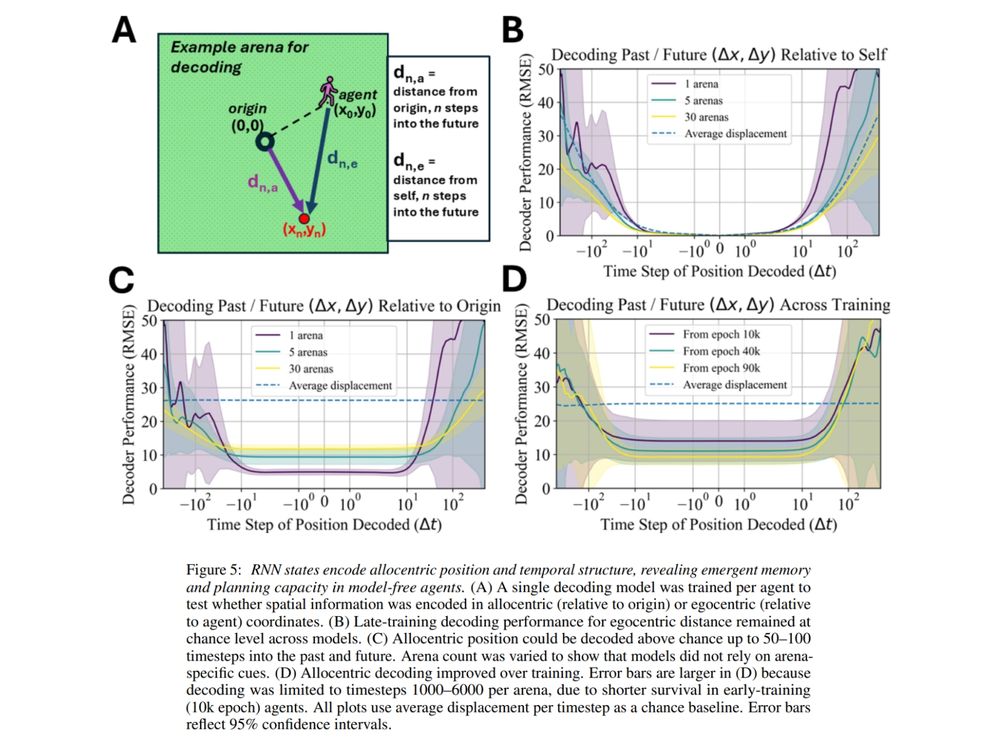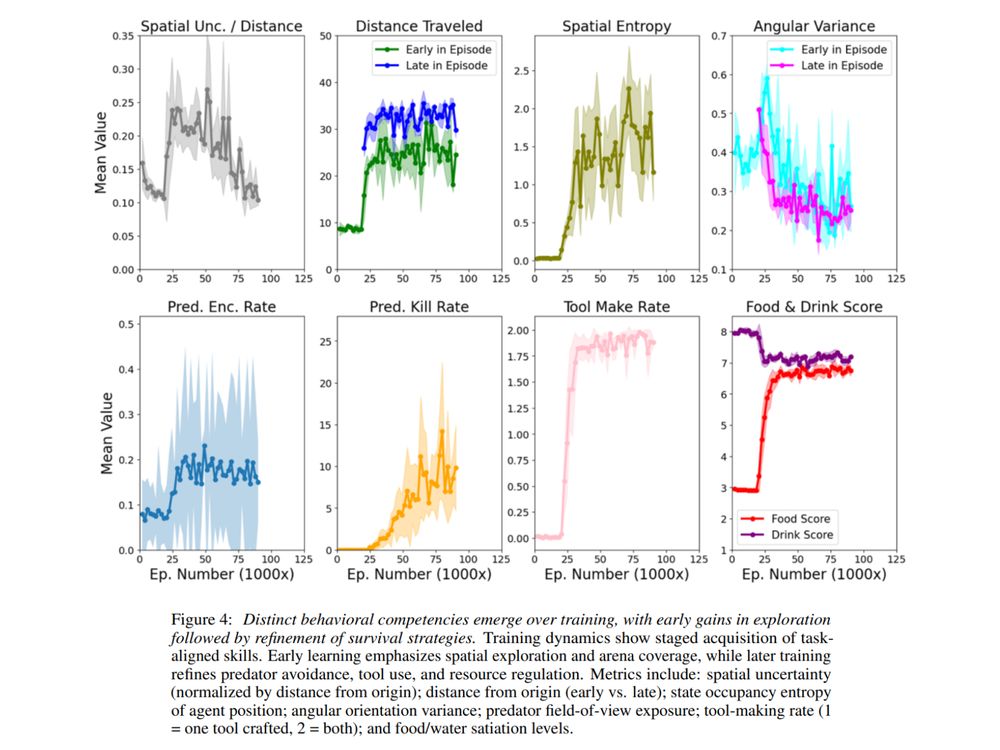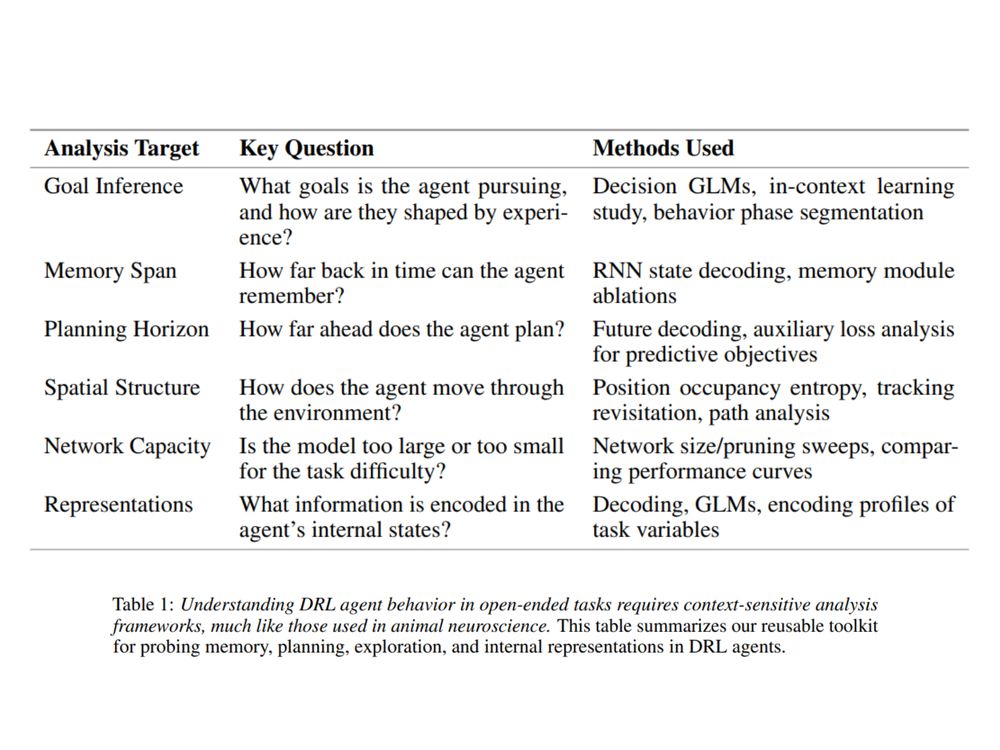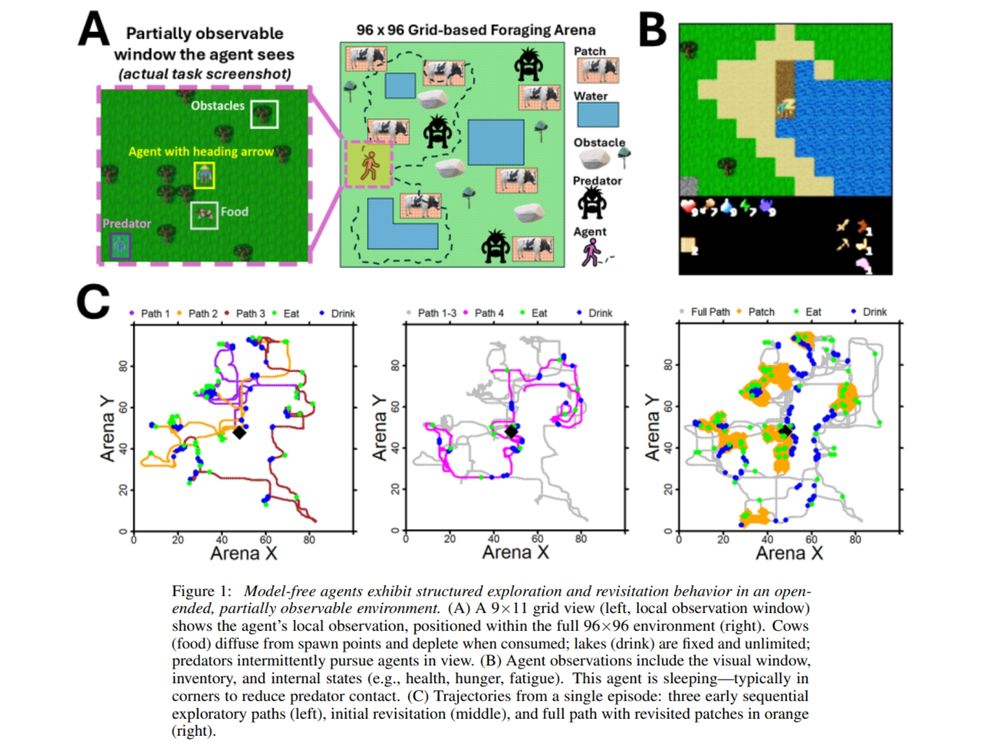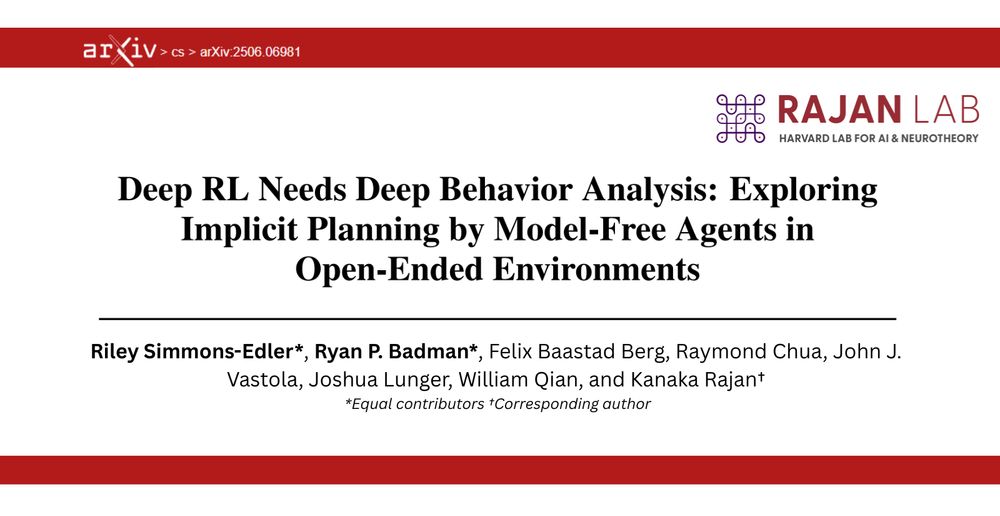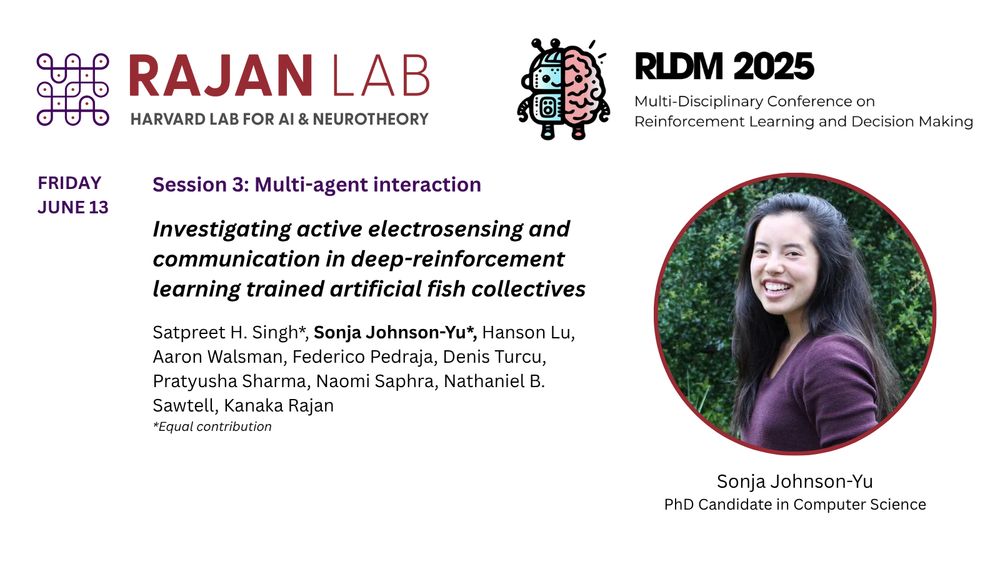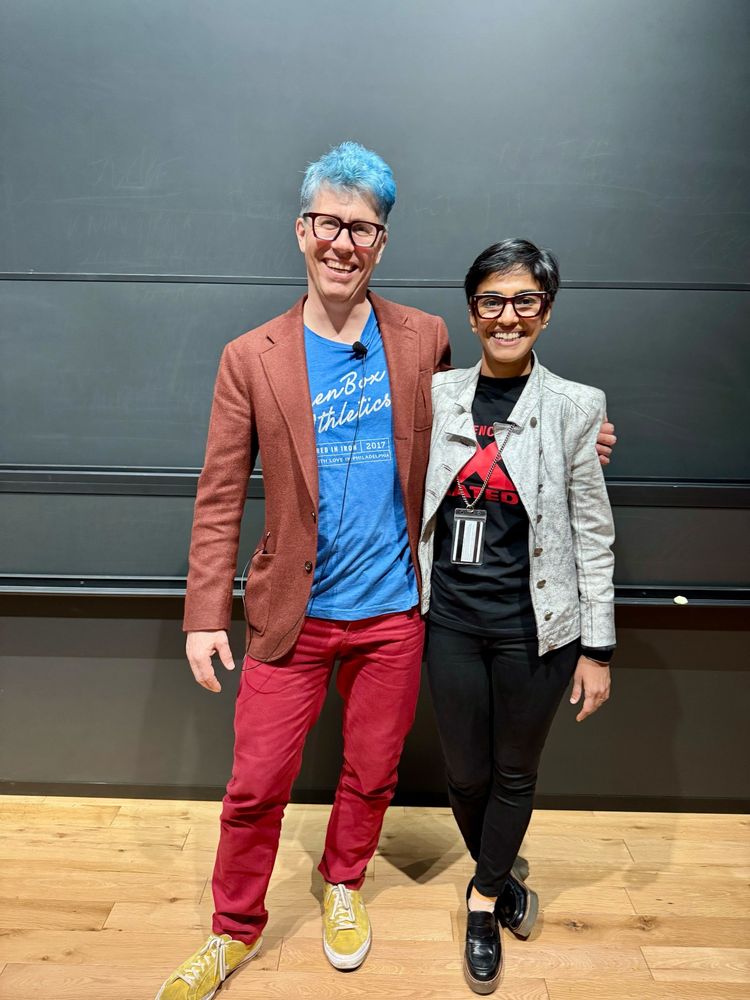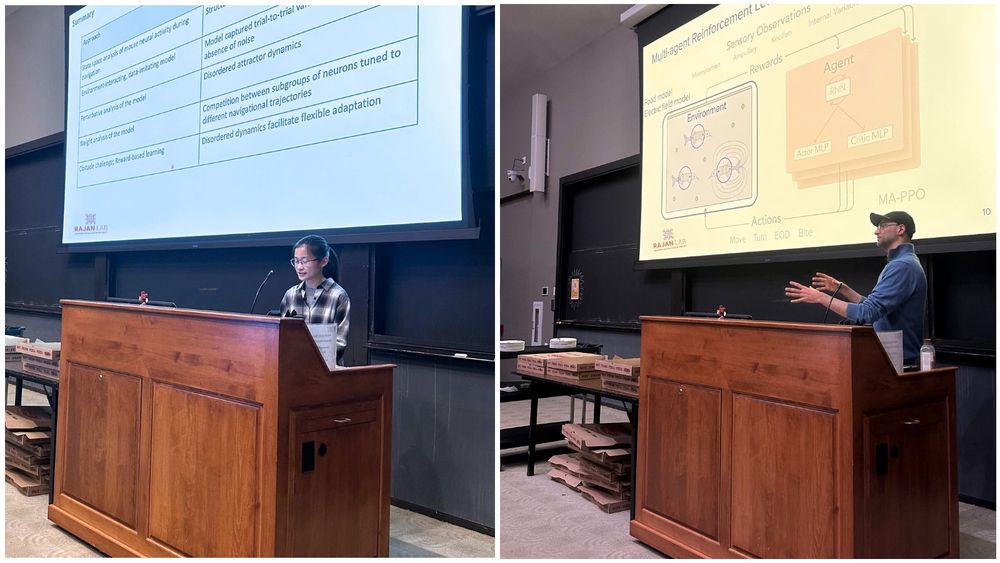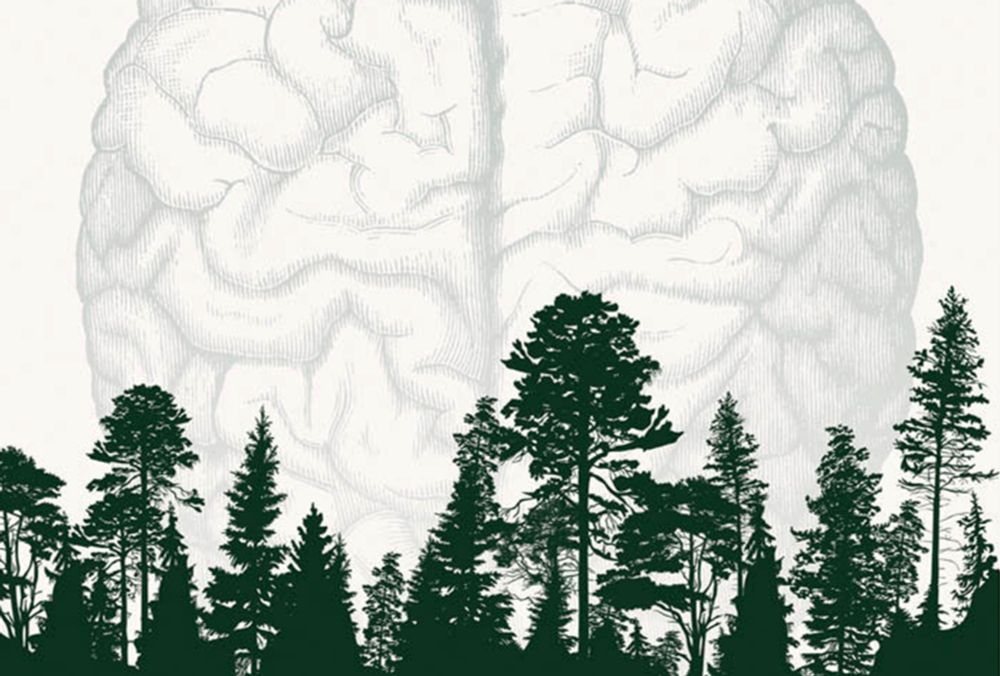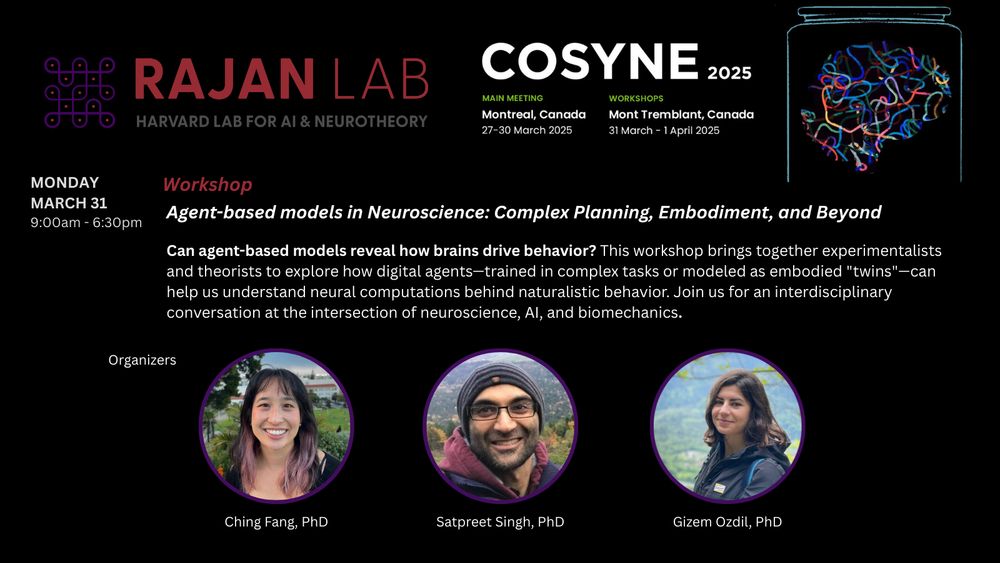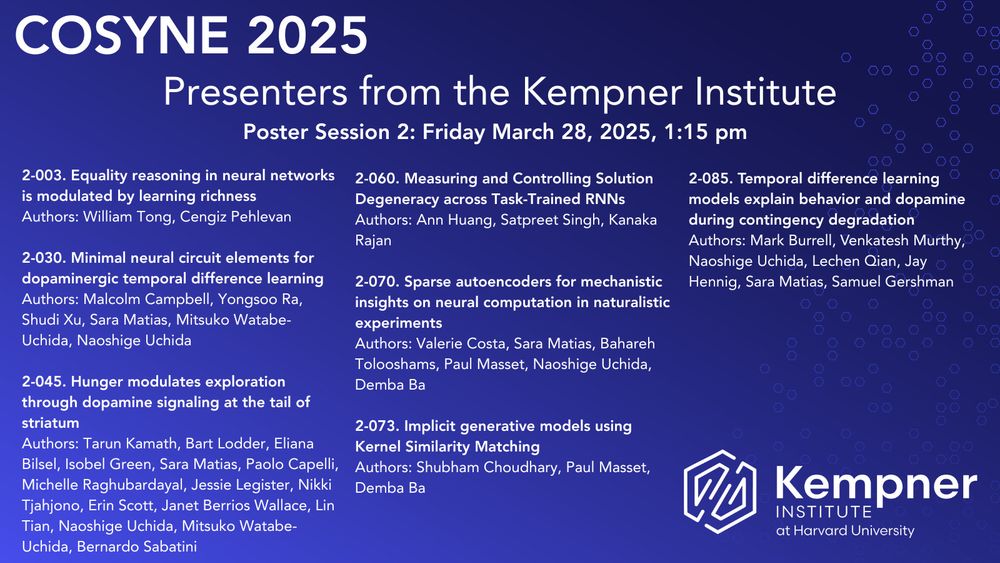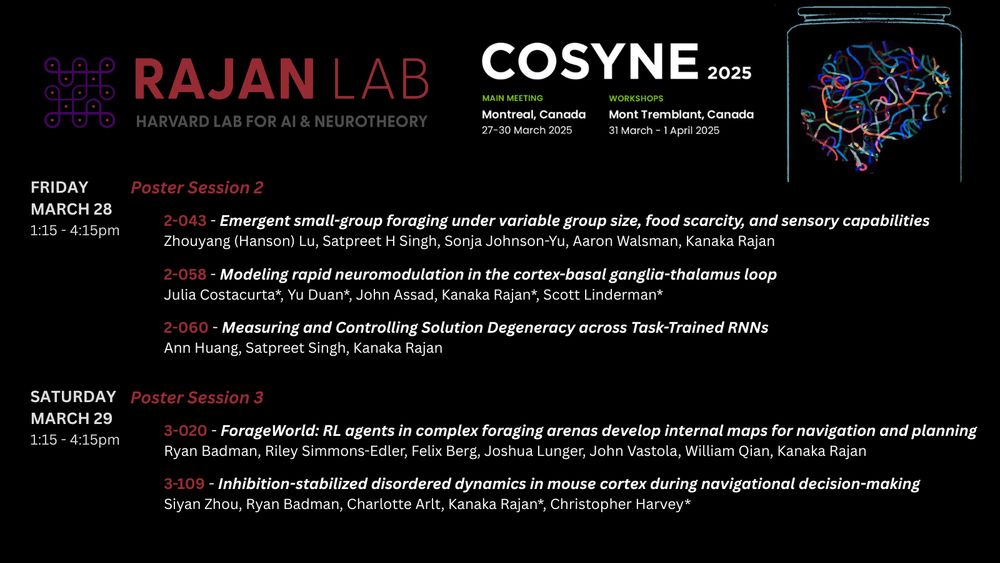Kanaka Rajan
@kanakarajanphd.bsky.social
3.5K followers
230 following
35 posts
Associate Professor at Harvard & Kempner Institute. Applying computational frameworks & machine learning to decode multi-scale neural processes. Marathoner. Rescue dog mom. https://www.rajanlab.com/
Posts
Media
Videos
Starter Packs
Pinned
Kanaka Rajan
@kanakarajanphd.bsky.social
· Aug 14

Neural population-based approaches have opened new windows into neural computations and behavior
Neural manifold properties can help us understand how animal brains deal with complex information, execute flexible behaviors and reuse common computations.
www.thetransmitter.org
Reposted by Kanaka Rajan











